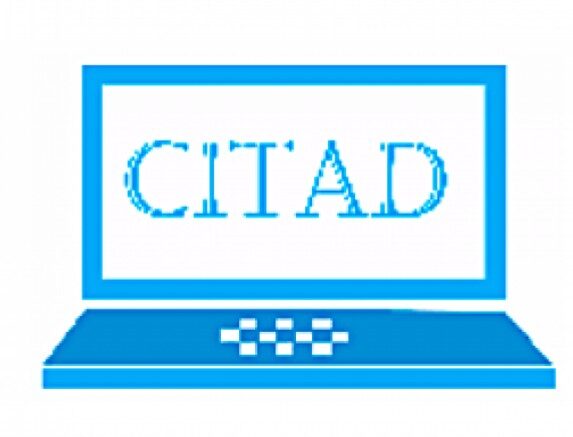Community networks: Connecting the underserved to empowerment
By Inyene Ibanga
TECHDIGEST – Community networks are among innovative systems used to address the connectivity gaps in many countries. They offer immense benefits by bridging the digital divide.
To bridge the connectivity gap, the Centre for Information Technology and Development (CITAD) is undertaking the campaign for community networks to promote digital inclusion.
The organisation also indicated its readiness to work with the Nigerian Communication Commission (NCC) to develop a national policy on community networks.
CITAD wants the government to take prompt action by formulating a National Policy on Community Networks to create an enabling environment that will catalyse citizens’ to address digital exclusion or marginalisation.
Earlier in February 2022, stakeholders in the telecommunications sector endorsed the need for a national strategy for community networks to resolve the numerous dimensions of the digital divide in Nigeria.
The stakeholders included government agencies, private sector representatives, academics, development partners (ITU & APC), civil society organisations, and community-based organisations.
After making several submissions advocating for a national policy on community networks, CITAD again renewed the call, citing the need for new business models of small, flexible, and efficient providers to fill the gaps left open by big Mobile Network Providers (MNOs).
According to the Centre, these networks would help lower consumer costs, increase investment in local economies and develop local skills.
By using community networks, residents are exposed to business management and technical capacity development programmes to start and maintain efficient networks.
Low-cost models of community networks are viable, sustainable, and affordable for the people and the community.
As such, CITAD believes that the policy, when created, would help to unleash the capability of the community networks to fill the connectivity gaps in Nigeria and connect the unconnected.
Community networks are about people and the connection that exists among members of a community and with other communities. People are at their best when they connect. Connection makes the world go round.
Community networks constitute an important strategy to promote digital connectivity and inclusion in a country. They provide a solution that addresses connectivity challenges that exist in underserved and unserved areas of the world.
They help to bridge the digital divide, and foster community educational and economic wellbeing by creating an avenue for residents to have access to computers and the Internet.
Read Also:
Community networks can be described as telecommunications infrastructure deployed and operated by a local group to meet their own communication needs.
These include communications infrastructure that is designed and erected to be managed for use by local communities to increase communication between residents and organisations.
Communication needs can be voice, data, e-learning, etc., and can be a point of convergence for communities to come together to address their common community problems.
Community networks deliver access to underserved areas with infrastructure built, managed, and used by local communities, especially in areas that are financially unattractive for mainstream or traditional internet service providers.
Essentially, community networks are mini-Internet, available for use by residents to strengthen community life, improve the democratic process, while also driving entrepreneurship and participation in community affairs.
In other words, it is the Internet by the people, for the people. Community networks can only be actualised when people come together to build, maintain and operate the infrastructure for achieving internet connectivity.
Their Internet or communication services are decentralised and localised, thereby giving users more control over their data privacy.
Community networks are based on communal ownership for viability and sustainability i.e for the people, by the people, because it’s all about the people.
While there is an over-concentration of telecommunications infrastructure in the urban areas, rural settlements are contending with the absence of such facilities within their domain.
As a result, most rural dwellers are denied access to use the internet as a platform to showcase skills and capacity in using disruptive mobile technology for educational and economic empowerment.
Because Mallam Isa Pantami, the minister of Communications and Digital Economy, possesses a deft acumen for articulating reformist policies for the sector, community networks would soon be given wings to fly.
I trust that the NCC and the National Information Technology Development Agency (NITDA) are prepared to once again discharge their mandates by proactively working towards developing guidelines and regulations for the operation of community networks in the country.
Finally, the Federal Government needs to align with the Alliance for Affordable Internet Affordability Report that, “community networks have emerged as an increasingly popular means to providing public access for rural communities — and are an important strategy for governments to consider as part of a policy framework to achieve universal access.”
Inyene Ibanga is Editor TechDigest and writes from Wuye District, Abuja; email: [email protected].




















